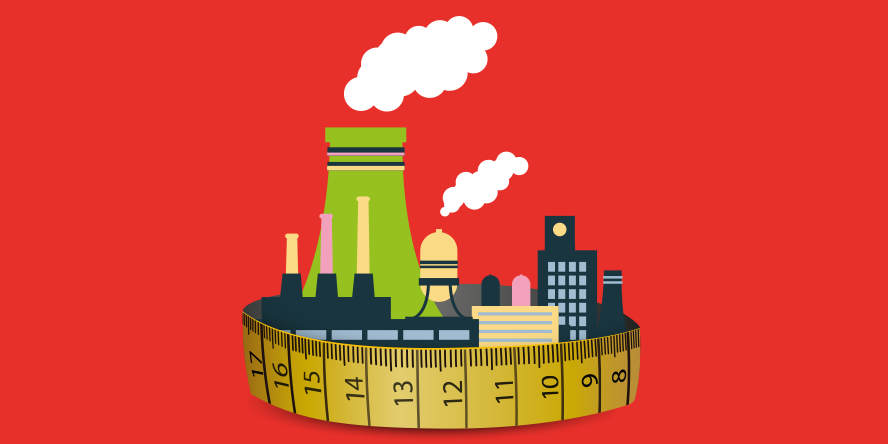MSc Łukasz Jendrzej, MSc Artur Labus | GRUPA WOLFF
Process systems inventory survey may prove to be a medicine for many ailments related to missing or incomplete technical documentation.
In industrial reality it often happens that equipment and systems are old and their documentation is incomplete or, which is worse, does not conform to the current status or is missing due to various reasons. In such cases the necessary and, practically, the only solution is an inventory survey, namely a comprehensive documentation of the current status of the subject-matter system.
Recreation of complete technical documentation for the particular pieces of equipment or systems may prove to be time consuming and costly. Therefore, the first step to be made before starting the inventory survey is to clearly determine its objectives and scope. Another stage is a site visit at the plant in order to learn the plant specifics and observe a series of details which may be of key importance for the project at its later stages. It often happens that during such visits new system concepts originate, which may appear to be more favourable for both parties as regards technical and economic aspects. Typical actions carried out within an inventory survey include systems and equipment dimensions measuring and preparing the adequate layout sketches. Additionally, photographic documentation is made to arrive at a better picture of the whole system and to find further details, which were previously treated as insignificant for the project.
DESIGNING
Another step is designing. The data collected during the inventory survey is elaborated in CAD software. Worth mentioning is the fact that the process of shifting from the standard drawing board to computer software has started over 30 years ago. Although currently the 2D computer aided design software is common, or in some cases indispensable, it is more and more replaced with 3D software along with the dynamic growth of technical possibilities.
A three-dimensional computer model has a significant advantage over the “flat” documentation. Designing in a 3D environment is usually faster and enables avoiding of many structural errors, collisions, and other faults. Identification of a specific piece of equipment or a system flow on a 3D model is much simpler. Additionally, such model will highly facilitate work in future. For example, if there is a need to put up additional equipment or set out a route for new systems, the 3D model perfectly serves that purpose.
Technical aids in designing are one of the aspects but we need to take into account that designing should always start with a concept or idea, which means a man and communication within a project team.
FEA – FINITE ELEMENTS ANALYSIS
Along with the dynamic development of CAD software to design in three dimensions, new possibilities to applying Finite Elements Analysis (FEA) appeared, which is directly based on the prepared 3D models. The advanced FEA methods contribute to a more aware and economically-based approach to designing. From the point of view of mechanical resistance of a given piece of equipment, e.g. in reference to its breaking during explosion, the results of FEA enable to determine stress distribution, identification of points which are particularly overloaded or defining of the methods of structure strengthening.
SPECIMEN PROJECT – GÓRAŻDŻE CEMENT PLANT
One of the examples of a comprehensive inventory survey is the “Audit of coal milling station in hazard explosion zone originating from the presence of coal dust at Górażdże Cement Plant”. The task comprised, first of all, collection and assessment of significant technical documentation possessed by the ordering party. Then assessment of the mechanical resistance of equipment and devices followed, which required extensive measurements of the equipment sizes, location of ribs and thickness of metal sheets, as well as measuring of the related pipelines. Based on the information collected during the inventory survey, a 3D computer model was prepared. It served the Finite Elements Analysis. Based on the analysis results, final reports were prepared. The reports formed basis for recommending replacement of some equipment or strengthening of the equipment such as to ensure fulfilment of the minimum structural resistance requirements.






